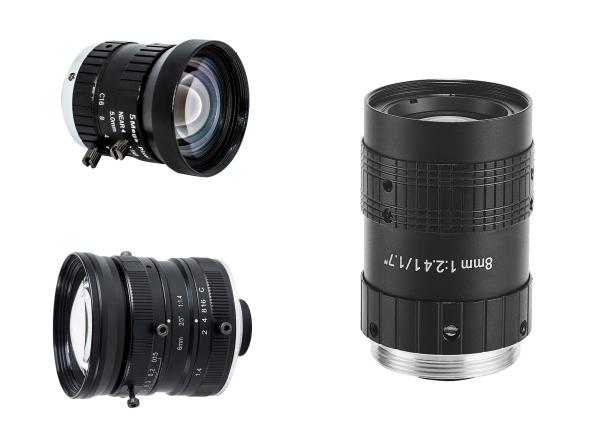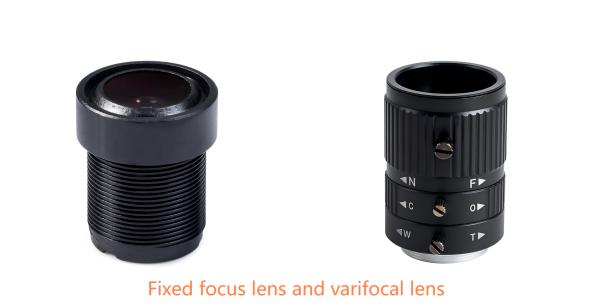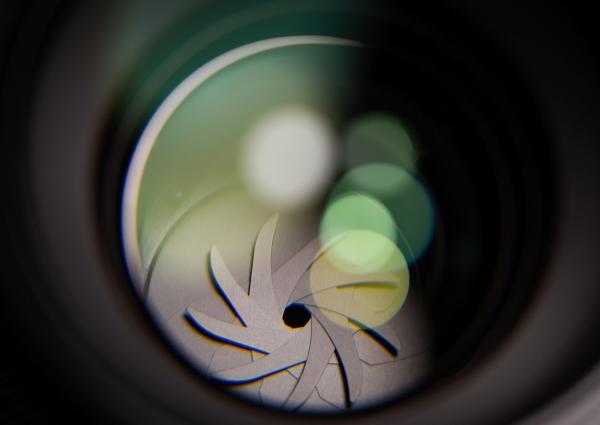Classification And Selection Principles of Industrial Camera Lenses
In the field of industrial automation, cameras and lenses are important components for visual inspection and identification. As the front-end device of the camera, the lens has a crucial impact on the final image quality of the camera.
Different lens types and parameter settings will have a direct impact on the image clarity, depth of field, resolution, etc. Therefore, choosing a lens suitable for industrial cameras is the basis for achieving high-quality visual inspection.
1.Classification of industrial camera lenses
Professional industrial camera lenses can be divided into the following categories:
(1)Fixed focus lens
Fixed focus lens is the most commonly used lens type in industrial cameras. It has only one focal length and a fixed shooting range. It is suitable for determining the distance and size of the detection target. By adjusting the shooting distance, different sizes of shooting ranges can be achieved.
(2)Telecentric lens
Telecentric lens is a special type of industrial camera lens with a long optical path, which can achieve a large depth of field and high-definition shooting effect. This type of lens is mainly used in high-precision and high-stability visual inspection systems, such as machine vision, precision measurement and other fields.
Industrial camera lenses
(3)Line scan lens
Line scan lens is a high-speed scanning lens used for line scan cameras or CMOS cameras. It can achieve high-speed and high-precision image scanning and is suitable for quality inspection and identification of high-speed production lines.
(4)Varifocal lens
A varifocal lens is a lens that can change the magnification. It can adapt to different inspection needs by adjusting the magnification. It is suitable for precision parts inspection, scientific research and other scenarios.
By selecting the lens type and parameter settings suitable for the camera, you can obtain high-quality imaging effects and accurate visual inspection results. At the same time, using high-quality and high-stability industrial camera lenses can also improve production efficiency and reduce maintenance costs.
Therefore, for those engaged in machine vision and image processing, it is very necessary to understand and master the types, selection principles and usage methods of industrial camera lenses.
2.Selection principles of industrial camera lenses
(1)Deciding whether to choose a fixed focus or varifocal lens
Fixed-focus lenses have the advantages of small distortion and high cost performance, and are widely used in visual inspection systems. However, in some situations where the field of view needs to be changed, zoom lenses are an option.
During the imaging process of the machine vision system, it is necessary to determine whether the magnification needs to be changed. If so, a varifocal lens should be used. Otherwise, a fixed-focus lens can meet the needs.
Fixed focus lens and varifocal lens
(2)Determine working distance and focal length
Working distance and focal length are usually considered together. Generally, the resolution of the system is determined first, and the magnification is obtained by combining the pixel size of the industrial camera.
The possible target image distance is known by combining the spatial structure constraints, and the focal length and length of the industrial camera lens are further estimated. Therefore, the focal length of an industrial camera lens is related to the working distance and the resolution of the industrial camera.
(3)Image quality requirements
In machine vision applications, different customers require different detection accuracy, and the corresponding image quality may also be different. When selecting an industrial camera lens, the image size needs to match the size of the photosensitive surface of the industrial camera, otherwise the image quality of the edge field of view cannot be guaranteed.
In machine vision measurement applications, the image quality is related to the resolution, distortion rate and distortion of the industrial lens.
(4)Aperture and interface
The aperture of industrial camera lenses mainly affects the brightness of the imaging surface, but in current machine vision, the final image brightness is determined by multiple factors such as aperture, camera particles, integration time, light source, etc. Therefore, to obtain the desired image brightness, many steps of adjustment are required.
The lens interface of an industrial camera refers to the mounting interface between the camera and the camera lens. The two must match. If they cannot match, conversion needs to be considered.
Selection of industrial lenses
(5)Is a telecentric lens required?
When judging whether the object being inspected is thick, whether multiple planes need to be inspected, whether the object has an aperture, whether the object is a three-dimensional product, whether the object is at an inconsistent distance from the lens, etc., using ordinary industrial camera lenses in these cases will produce parallax, resulting in inaccurate inspection results.
At this time, the use of telecentric industrial lenses can effectively solve these problems. In addition, telecentric lenses have low distortion and large depth of field, and at the same time, they have higher inspection precision and better accuracy.
Final Thoughts:
ChuangAn has carried out the preliminary design and production of industrial lenses, which are used in all aspects of industrial applications. If you are interested in or have needs for industrial lenses, please contact us as soon as possible.


